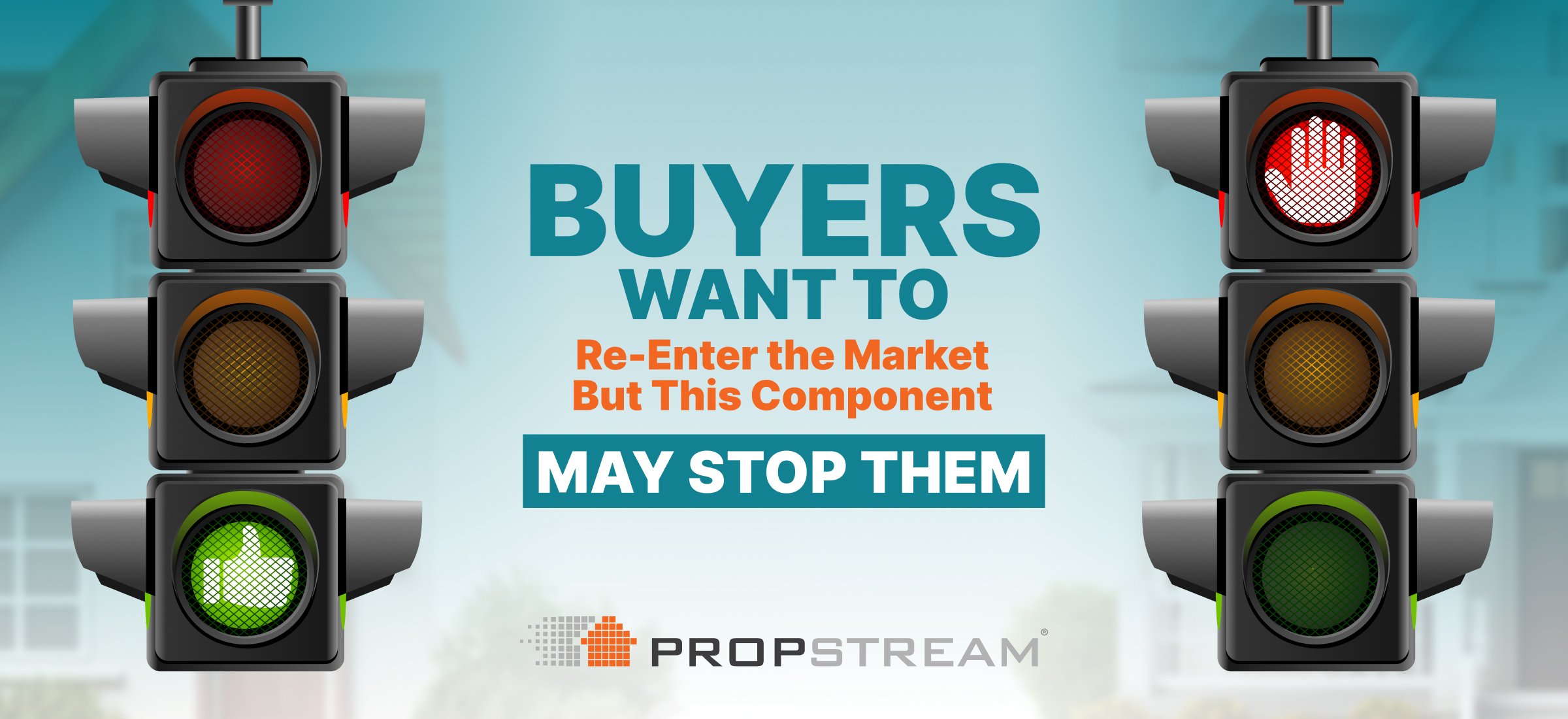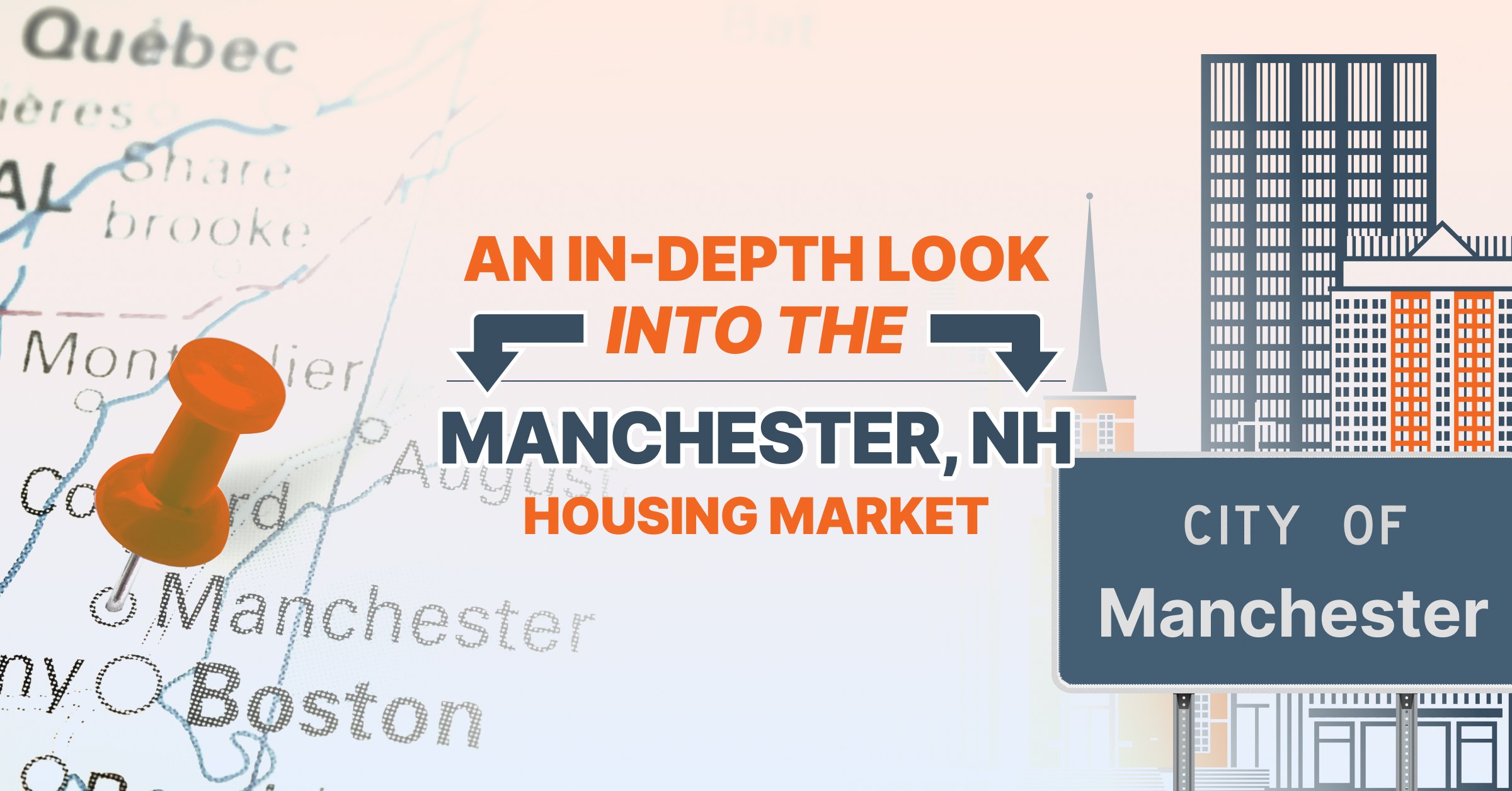Disclaimer: PropStream does not offer investing advice or make profit promises. This article is for educational purposes only. We recommend consulting financial professionals and/or doing your due diligence before investing or working in affordable real estate.
|
Key Takeaways:
|
It’s no secret that the U.S is in a housing crisis. Home prices and mortgage rates are high, sidelining would-be buyers and discouraging many owners from selling.
However, a few markets are starting to buck this trend by better aligning their supply of affordable homes with local income distributions.
In this article, we’ll cover which markets these are, the number of affordable listings added to them by income level over the last year, and what this means for real estate professionals.
The 8 U.S. Metros Nearing a Balanced Market
According to a recent NAR report, eight metros that have made substantial progress toward the availability of affordable homes, even if they are not balanced markets yet:
- Raleigh-Cary, NC
- Des Moines-West Des Moines, IA
- Grand Rapids-Kentwood, MI
- Columbia, SC
- Birmingham-Hoover, AL
- Indianapolis-Carmel-Anderson, IN
- Columbus, OH
- Oklahoma City, OK
An affordability distribution score of 1 indicates that homes on the market are affordable to households in proportion to their income distribution. This is considered a balanced market. By contrast, a score of 0 indicates no household can afford any of the homes on the market, and a score of 2 indicates all households can afford all homes on the market.
In other words, any affordability distribution score above one means that households can afford a greater share of houses on the market than their income percentile, while any score below 1 means that households can afford a smaller share of houses than their income percentile.
Let’s take a closer look at each of the eight markets making affordability gains:
1. Raleigh-Cary, NC
|
2025 Affordability Distribution Score |
0.78 |
|
Percent Change from Last Year |
13.04% |

Over the last year, the Raleigh metro area saw the most gains in affordable housing. For households making $100K per year, over 1,000 affordable home listings were added.
Meanwhile, the median household income is $82,424, and the median monthly owner costs for those with a mortgage total $1,821, indicating the median homeowner meets the government's standard for affordable housing: no more than 30% of gross income spent on housing costs.
2. Des Moines-West Des Moines, IA
|
2025 Affordability Distribution Score |
0.89 |
|
Percent Change from Last Year |
11.25% |

Des Moines is a relatively small city with a population of just over 213,000. It’s also one of the more affordable U.S. cities with a 0.89 affordability distribution score, up 11.25% from last year.
With a median housing payment of $1,460 and a median household income of $63,966, the median Des Moines homeowner can comfortably afford their home.
3. Grand Rapids-Kentwood, MI
|
2025 Affordability Distribution Score |
0.75 |
|
Percent Change from Last Year |
10.29% |

Grand Rapids is another small city with a population of just over 200,000. Unlike other markets on this list, however, it had affordable home listings added last year for even the lowest-earning households: 12 for those earning less than $15K per year and 18 for those earning $35K.
Overall, the city’s median household earns $65,526 and has a monthly housing payment of $1,346, which means the median homeowner can afford their home comfortably.
4. Columbia, SC
|
2025 Affordability Distribution Score |
0.76 |
|
Percent Change from Last Year |
7.04% |

Columbia is the capital of South Carolina with a population of just 144,788. With a median household income of $55,653 and a median housing payment of $1,541, the city still isn’t quite affordable for the median homeowner. However, it’s trending in the right direction.
Last year, nearly 300 affordable listings were added to the market for households making $75K per year, and nearly 300 affordable listings were added for those making $100K.
5. Birmingham-Hoover, AL
|
2025 Affordability Distribution Score |
0.91 |
|
Percent Change from Last Year |
8.33% |

Birmingham is tied for the highest affordability distribution score in 2025 at 0.91. This means the market has nearly reached the level where homes are affordable to households in proportion to their income distribution.
However, there is still progress to be made. With a median household income of $44,376 and a median housing payment of $1,316, many are still cost-burdened by housing expenses.
6. Indianapolis-Carmel-Anderson, IN
|
2025 Affordability Distribution Score |
0.91 |
|
Percent Change from Last Year |
5.81% |

Indianapolis is a big city with a population of over 891,000. It’s also tied for the highest 2025 affordability distribution score: 0.91. As a median homeowner, your monthly housing payment is $1,397—not bad for a city with a median household income of $62,995
That said, households that make more still have plenty of affordable home options. For example, those making $100K per year saw 935 affordable listings added to the market last year, and those making $125K saw 955 affordable listings added.
7. Columbus, OH
|
2025 Affordability Distribution Score |
0.78 |
|
Percent Change from Last Year |
5.41% |

Columbus is the most populous city on this list with over 933,000 residents. It also had an impressive amount of affordable home listings added to the market last year, particularly for households earning $75K per year or more.
Overall, the median household income is $65,327, and the median home payment is $1,553, which means housing is affordable for the median homeowner.
8. Oklahoma City, OK
|
2025 Affordability Distribution Score |
0.81 |
|
Percent Change from Last Year |
5.19% |

Oklahoma City has a population of over 712,000. It also had the most affordable home listings added to the market last year: 231 for households earning $50K per year, 581 for those earning $100K, and 1047 for those earning $100K.
Meanwhile, the median household makes $66,702 per year and pays $1,623 in monthly housing costs, which is just within the affordable threshold.
What This Means for Real Estate Professionals
As a real estate professional, these increasingly affordable housing markets may open new investment and work opportunities.
For example, investors may find greater returns flipping starter homes that are in hot demand. Similarly, agents may see more first-time homebuyers needing guidance and representation.
Try PropStream for 7 Days Free!
To boost your business, leverage where you can best serve those seeking affordable homes.
Want a head start? Stay up to date with current market trends for 160+ million properties nationwide on PropStream. Our platform aggregates the latest real estate data from MLSs, public records, and other sources for easy access, helping you build your lists with the most promising leads.
Try PropStream for 7 Days Free!
Sign up today for a free 7-day trial and enjoy 50 complimentary real estate leads!
|
Note on sources:
|
Subscribe To PropStream's Newsletter


